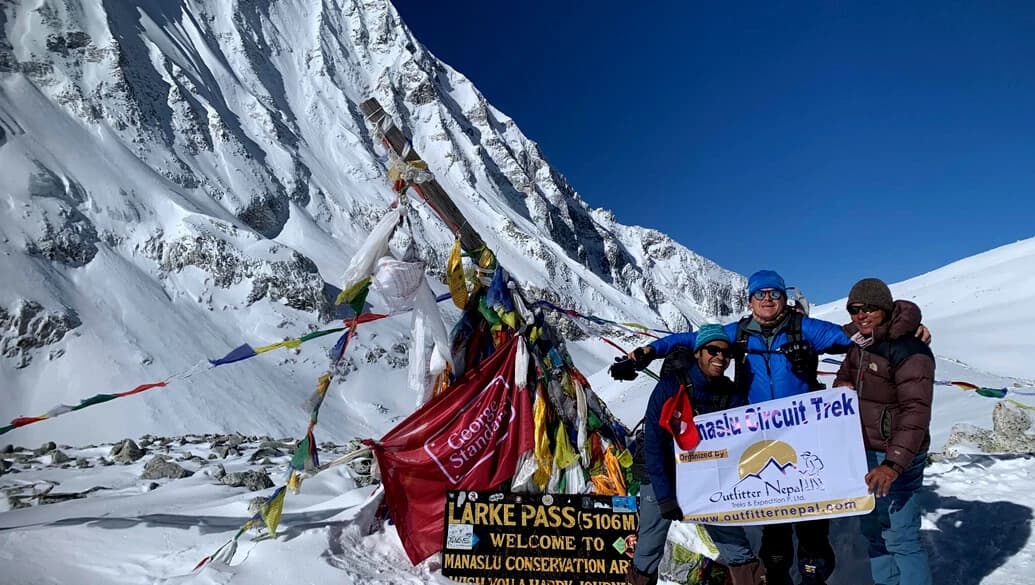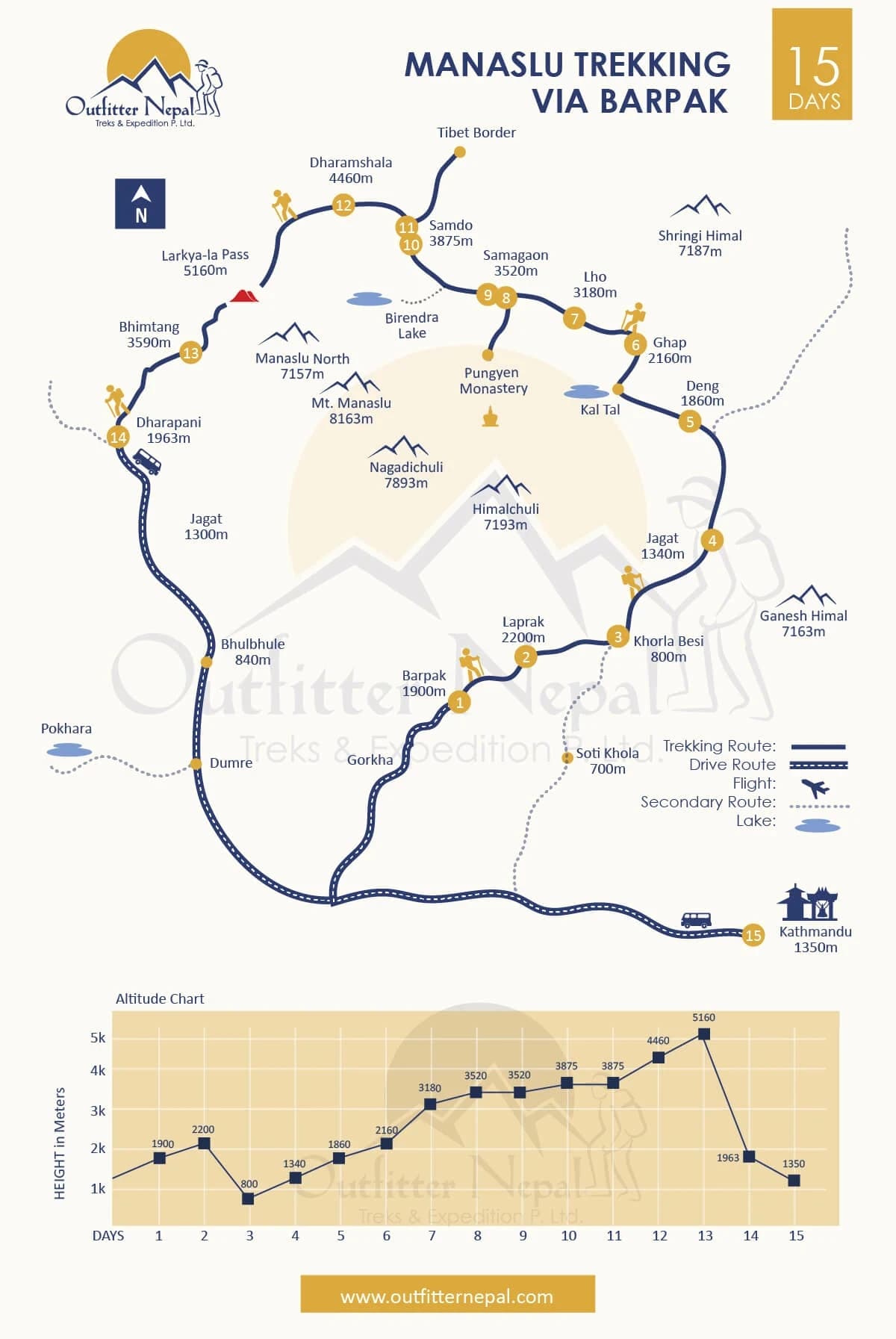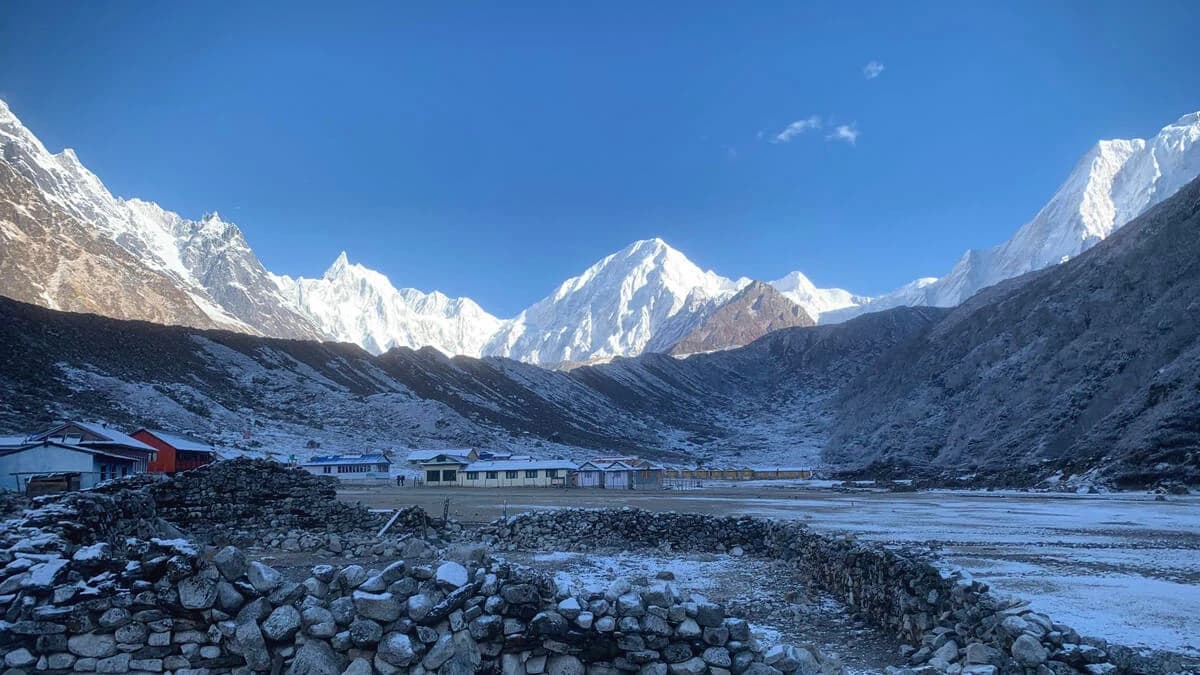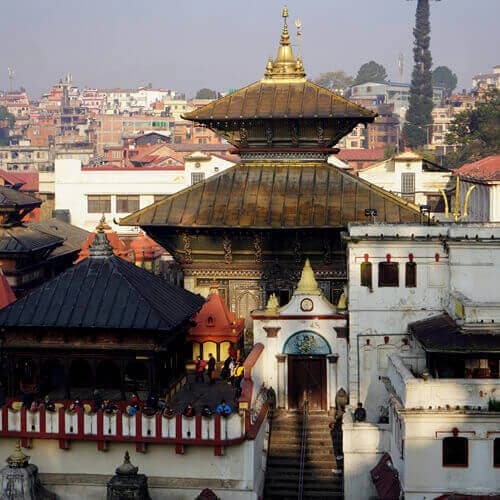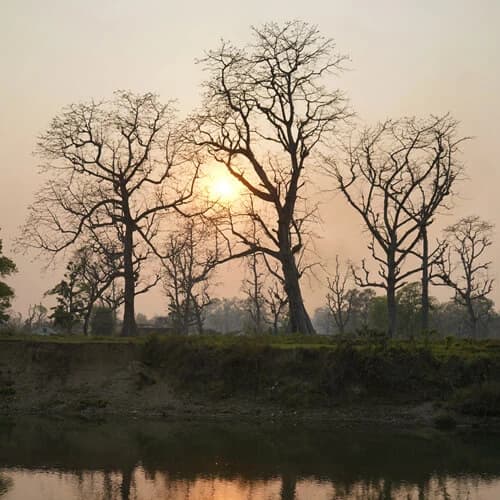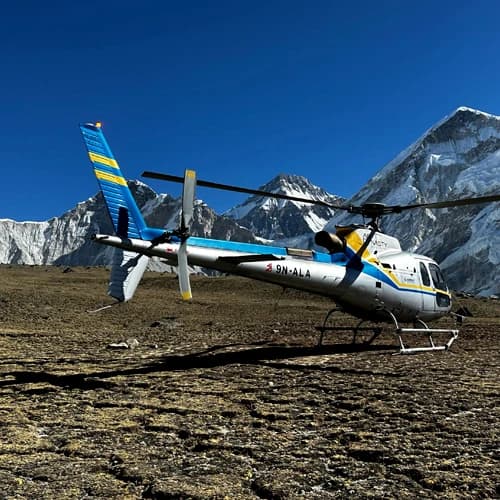15 Days Manaslu Trekking Via Barpak Unique Village Overview
It goes without question that Manaslu is one of the most picturesque treks in Nepal. Due to its off-the-beaten location in the isolated Himalayan environment, it is equally difficult. Our specialists created this 15 days Around Manaslu Trekking Itinerary via Barpak to let you see the best of the region without encountering too many challenges. Most itineraries only include one day for acclimatization, but we've added two to assist your body in adjusting to the higher altitude. In those 15 days, you'll spend 11 days trekking, 2 days acclimatizing, and 2 days using road transportation, which is the ideal itinerary even for novice hikers.
Manaslu is one of Nepal's newest trekking routes, as hiking has only been permitted in the region since 1991. Even though it has been receiving trekkers over the past three decades, it still isn't as well-known as other renowned hiking routes in the Everest base camp and Annapurna regions. This is excellent news for us solitude lovers because fewer hikers will be on the track. The Manaslu old route's secluded setting and basic trailside amenities are a dream come true for a genuine adventurer looking to experience the Himalayas in the most unspoiled state.
Manaslu's name derives from the Sanskrit term "Manasa," which denotes the mind or soul. It means "mountain of the spirit." Manaslu lives up to its name by testing your spirit. The eighth-highest peak in the world, rising up to 8163 meters, is challenging to encircle on foot. But is it really an adventure if it doesn't test your limits? Imagine the sense of accomplishment you'll experience when you succeed in each challenge. In addition, you can rely on our knowledgeable hiking guides to support you at every turn. So push yourself to your limits and join us on our 15 Days Manaslu Trekking route via Barpak and Laprak.
The trek begins in Barpak, one of the largest villages of Gorkha, which was also an epicenter of the deadly 2015 Nepal Earthquake. Trekking through this old Manaslu route not only lets you witness this historic village but also helps the villagers, who're still struggling to overcome the destruction caused by the Earthquake.
We have done our best to offer you a vivid picture of what it's like to set out on this extraordinary adventure to the Manaslu region, even if it's difficult to put into words everything you'll encounter throughout your 15 Days Manaslu Trekking. So, here are more reasons for you to join us on our 15 Days Manaslu Trek via Barpak. Please continue reading for detailed information.
Best Features of Classic Manaslu Trekking via Barpak 15 Days
- A scenic drive to the historic village of Barpak in Gorkha
- Off-the-beaten hiking experience in the restricted area of the Nepalese Himalayas
- Trekking around Mt. Manaslu, the eighth-highest mountain peak in the world
- Reaching the Nepal - Tibet border
- Visiting the hidden Kal Tal (Death Lake)
- Crossing the rugged Larkya La Pass at a height of 5106 meters
- Breathtaking up-close views of Manaslu, Himlung, Ganesh Himal, Annapurna, etc.
- Enjoy the villagers' easygoing way of life and traditional Buddhist culture
Why is Around Manaslu a restricted region?
The government of Nepal has designated some regions as conservation areas in order to protect the region's priceless natural resources and cultural heritage. One of those areas is the Manaslu Conservation Area. Restricted indicates that there are specific guidelines one must follow to travel to the location; it does not imply that you cannot travel there at all. For example, it's crucial to remember that there needs to be a group of at least two trekkers. No permits are available for solo hikers in the Manaslu region.
The Department of National Parks and Wildlife Conservation manages the Manaslu Conservation Area, and it was opened for foreign trekkers only in 1991. This region is under the management of the National Trust for Nature Conservation, a conservation group founded under a special law in Nepal. Similarly, the people of Manaslu uphold a spiritual commitment to this sacred region, including preserving the local environment and way of life. As a result, the Classic Manaslu Hike via Barpak allows you to experience nature in its most unadulterated state.
What to expect from 15 Days Around Manaslu Trekking via Barpak?
One can expect never-ending views of the vast valleys and enormous, snow-covered cliffs of huge mountains. You can also expect to be transported from the concrete jungle to a real jungle filled with various plants, animals, and calm. But most importantly, expect the unexpected when you're in the Himalayas! Even if we stick to a set schedule, the abrupt weather changes in the highlands make nothing certain. But worry not; our staff is well-equipped to handle any obstacles and will keep you secure. Now that we know what to expect let's briefly look at this 15 days Manaslu Trekking via Barpak and Laprak.
The journey to Manaslu begins with a picturesque drive from Kathmandu to Barpak. You begin your walk in Barpak, a village in the historic Gorkha district. In order to get to the alpine region with its arid landscapes and snow-capped mountains, you must trek via small settlements, terraced farms, and beautiful woods over a number of suspension bridges and engage with the local Gurungs. Before ultimately descending to the finish line in Dharapani, you must first traverse the terrifying Larkya La pass at the height of 5106 meters. From Besisahar to Dharapani, you ride a jeep before changing to a local bus to return to Kathmandu.
Is the Classic Manaslu Trekking Right for You?
Are you in decent physical condition? Do you possess the mental fortitude necessary to endure the Himalayas' bitter climate? Have you ever hiked at a high altitude? The Manaslu Trekking is appropriate for you if the response to each of the three questions is "yes." The Manaslu Trekking via the old route is not an easy hike. You must traverse through the rugged terrain of the untouched Himalayas. However, if you have the right training, you can complete the trek even without prior experience. Training includes lifting weights, going up and down hills while carrying a rucksack, and doing cardiovascular exercises. Do not worry if your age is a concern! As long as you are in good physical and mental health, you can do this. If you're hiking with young children or elderly people, we can adjust the itinerary to suit everyone's needs.
Major Attractions of the 15 Days Manaslu Trekking via Barpak
Exceptional Landscape
There is no other trekking area in Nepal that can compare to the landscape of the Manaslu region. It is fascinating because of the distinctive geological features of the region. The wild landscape and abandoned villages are like a utopia where nothing but you and the Himalayas remain. This classical old route of Manaslu Trekking 15 days Itinerary offers you breathtaking views of snow-capped mountains, including Mt. Annapurna, Ganesh Himal, Langtang Himal, Himal Chuli, Ngadi Chuli, Simnang Himal, Himlung Himal, Cheo Himal, and many others. You will traverse through some of these mountain bases during your hike. It must be one of the most amazing experiences in the world to be this close to the Himalayas.
Off-the-beaten trail
The Manaslu region was only made available for exploration in 1991, making it one of Nepal's newest high-altitude trekking locations. Since it is one of the restricted trekking routes that call for special trekking permits, the amenities on the hiking trail might not be the nicest, but you'll still have decent food and lodging services. In the challenging terrain of the Manaslu old route, the track includes a number of steep climbs. Your physical stamina will be put to the test as you travel across the difficult, rocky road of the Himalayas on the 15 days classic Manaslu hiking trip.
Barpak, the epicenter of the 2015 Earthquake
Barpak is one of the largest villages in the Gorkha district, with inhabitants from various ethnicities, including Ghale, Gurung, Brahmin, Chhetri, Pariyars, etc. It was also the epicenter of the 2015 Earthquake that took the lives of hundreds of villagers. The village has still not fully recovered from the deadly disaster, so by taking this route and staying in Barpak, you're contributing to the local economy and helping the villagers get back on their lives.
Day hike to Tibetan Border
As part of an acclimatization day trip at Samdo, we hike up to the Tibetan border at Rui La Pass, from which you can see a variety of hilly terrain in both Nepal and Tibet. The border area offers breathtaking vistas of a sizable serac that is not far from Samdo Glacier's summit. You might as well see the Fukang Glacier in all its gorgeousness in the background. You can also photograph blue sheep, picas, and marmots if the timing is appropriate.
Detour of Kal Tal
On your way from Deng to Ghap, you take a detour of Kal Tal. "Kal" roughly translates to "death," and "Tal" means "lake" in Nepali. So, Kal Tal represents death. The water in the lake forms a shade of greyish-black. This alpine lake is elevated at an altitude of 3600 meters and is located near the village of Prok and Ghap. The path leading to the lake is challenging; however, once you see this wonderful lake surrounded by mountains, you'll realize that it's worth the pain.
Pyungen Gumba
A Buddhist temple and lodgings for the monks who reside and practice there make up the historic monastery known as Pyungen Gumba. The gumba is one of the optional side hikes for Around Manaslu Trekking, which is located east of the Nubra Valley. The closest villages to the gumba are Shyala and Sama Gaon. We, therefore, divert to Pyungen Gumba on the day of acclimatization in Sama Goan. Make sure to carry a lunch and water before you depart because the round trip of ascents and descents takes roughly 5 to 6 hours.
Birendra Taal
There's a glacier lake with a blue hue close to Sama Gaon called Birendra Taal, which translates as Birendra Lake. Manaslu Glacier is the lake's water source, and it is stunningly green and blue. Reaching the lake takes an hour of mostly level hiking through the alpine forest. On the day of acclimatization at Sama Gaon, you have the option of going to Birendra Lake if you don't feel like hiking to Pyungen Gumba. The gorgeous lake and relatively short distance may help you calm your body and mind.
Manaslu Base Camp Trekking
Another day trek from Sama Gaon will take you to the 4400-meter-high Manaslu Base Camp. Since you have to climb about 1000 meters in elevation from Sama Gaon, Manaslu Base camp is longer and much more difficult than Pyungen Gumba and Birendra Lake. We only advise you to attempt the full-day hike if you are in excellent health and have not yet displayed any signs of altitude sickness. Despite its difficulties, a day walk to Manaslu Base Camp Trek might be a great warm-up for Larkya La Pass.
Crossing the Larke La Pass
The Manaslu Circuit Trek's highest point, Larke La Pass, is located 5106 meters above sea level. On the thirteenth day of our 15 days Manaslu trip via Barpak, we set out early in the morning in order to get to Larkya La Pass in time for sunrise. Seeing the magnificent sunrise glow over Larkya Peak, Mt. Manaslu, Ratna Chuli, Cheo Himal, and other nearby mountains is breathtaking from Larkya La Pass. Despite being a difficult trek, it offers the greatest views of the surrounding mountains and valleys.
Unique Local Culture
In the Manaslu region, Hindus and Buddhists live side by side. At the beginning of the trip, you will learn about Hinduism, and as you proceed, you will encounter the Buddhist culture of the Tibetan descendants who have lived there for a long time. Along the way, you'll see a lot of mani walls, monasteries, prayer wheels, and chortens. Because of its isolation, this region has long maintained its culture and traditions. You get the opportunity to witness the rituals held here for generations. You will be greeted with a warm smile by the locals, who are humble and polite.

